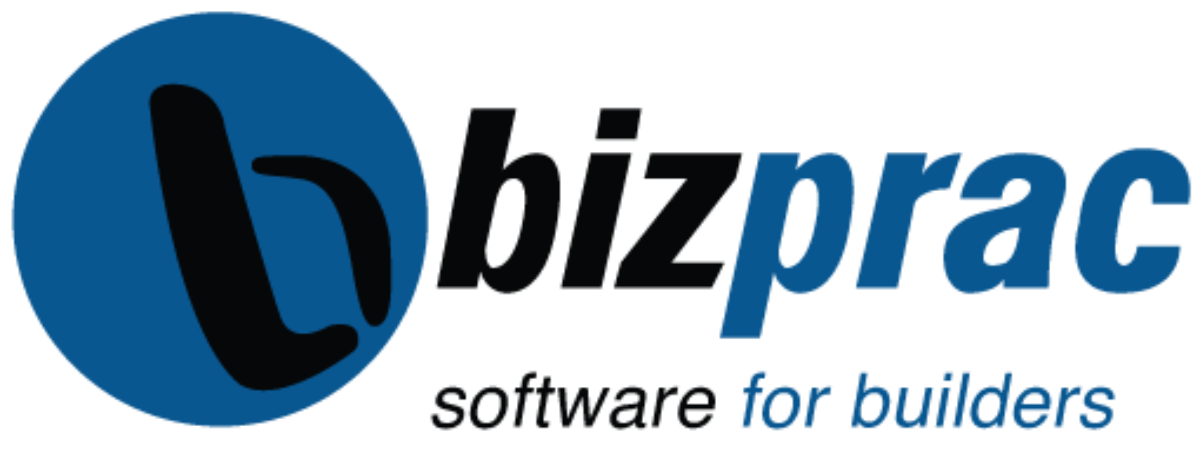It is a widely-known fact that when processes work well, they can significantly improve the efficiency and productivity of employees, which then ultimately leads to higher customer satisfaction. On the opposite, processes that don’t work can cause frustration, delays, and financial loss.

Efficient processes are extremely crucial to succeed in businesses with many moving parts and have a myriad of priorities and resources to manage, such as those in the construction industry. While employee performance or technology is also instrumental in delivering results, having processes that work is where a productive workforce is truly built upon.
Here are five steps to help you streamline work processes and improve workflow in your construction business:
1. Evaluate Existing Processes
First, look at your current processes and ask your employees for feedback about what frustrates them and what works well. Also, assess the age and ability of your computer units and software, as well as the use of paper in the office, including how forms are used, processed, and stored.
It’s important to explore each aspect in detail, as some processes may contain sub-steps that you’re not aware of. Consult people who use the process regularly to ensure that you don’t overlook anything important.
2. Analyse Results
After you successfully assessed your existing processes and identified which process you want to replace or redesign, you need to break it down into its components. Draw a map of the existing process using a “boxes and arrows” approach. Each step in the process is shown as a box, and all the boxes are connected by arrows that indicate the direction of the flow.
The goal of this step is to crack the root of inefficiency. Maybe employees say the job order stalls because the computer freeze, or perhaps the clients might complain because it takes so long for them to connect with the right personnel.
Analysing the result would also involve establishing the cost executing the process. Compare this cost to a prospective new process and determine if the new process would be worth the investment.
3. Redesign New Workflow
To implement an efficient workflow, it is important to identify and prioritise areas that have the highest potential for improving workflow. To do this, analyse the results of your old workflow, eliminate or revise the problem areas, and then rank each process in order of importance.
For some construction companies, organising the storage facility and establishing a process to keep the facility optimised for logistics might be the highest priority. For other companies, creating a customer retention management program might save sales reps hours of tracking leads and follow-ups.
4. Take Advantage of Industry Specific Software
Once you take each process in order of priority and look at how the new process will work, you also need to remove certain elements to streamline the process. With this regard, you should consider investing in industry-specific software that can automate some of the mundane tasks your employees struggle with every day.
Such business tool will help you eliminate time-consuming activities such as filling up paper forms and managing piles of extremely important documents. Construction management software Australia, for instance, can enable users to do the complex and tedious task of allocating orders to the correct job automatically.
The efficiency achieved using industry-specific software should ultimately help your employees focus on more critical tasks and therefore deliver more satisfying outcomes to your business.
-
Track Your Metrics
After you rolled out the new process, make sure you measure its success continuously. Set up metrics that will help you determine if your employee productivity has improved, such as the time spent on various tasks, attendance, and participation in programs, the rate of employee turnover, and changes in employee sentiment.
Some new processes may take time to successfully implement as employees might revert to the old days of doing their day-to-day jobs. So, you need to remind them of the new process and track it. This will help you know if the new processes work brilliantly, or you need to make adjustments immediately.
Overall, continuously monitoring your business workflow takes discipline and patience, but the benefits are well worth the effort especially if you can ensure that employees are always driven and engaged. Having an efficient process across all areas of your operations will help position your company for sustained growth and success.
To learn more about how Bizprac can help your building business succeed in today’s competitive construction industry, send an email to sales@bizprac.com.





